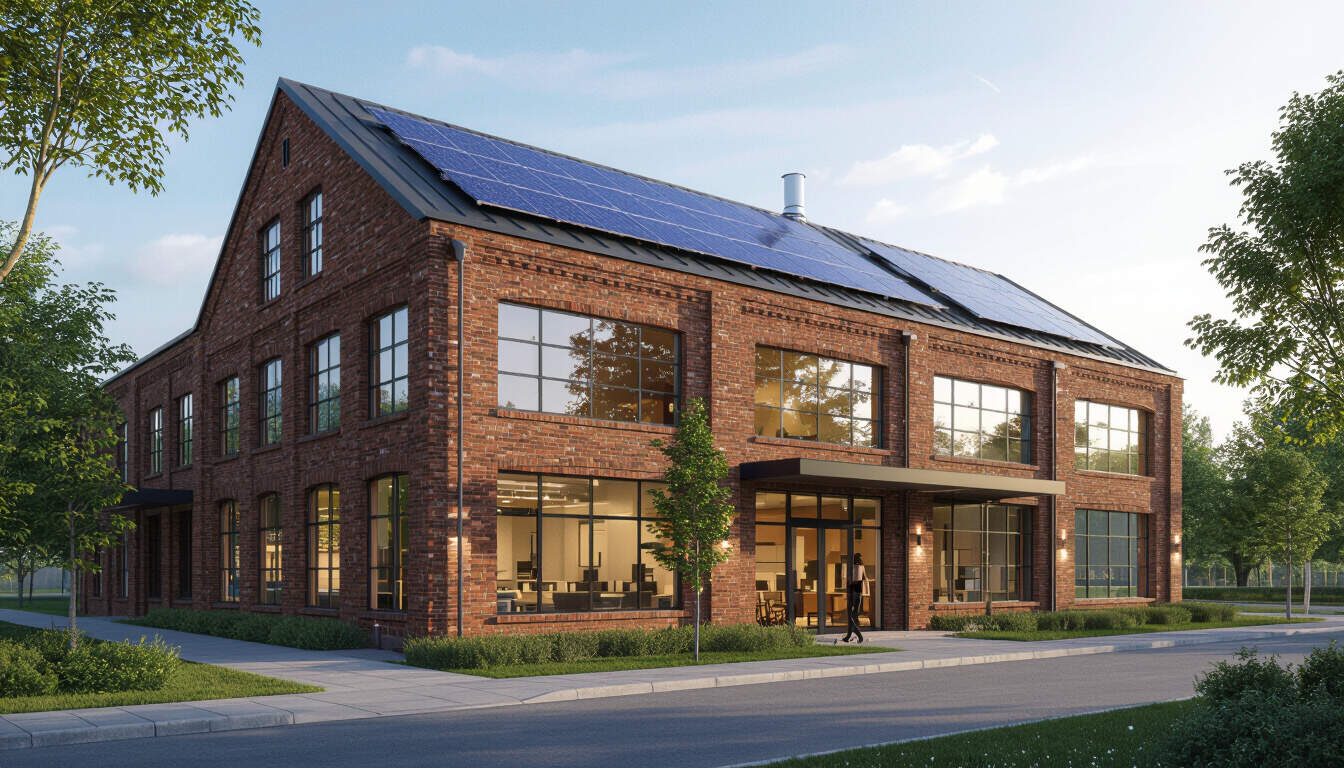Case Studies in Energy Retrofits for Strategic Budgeting
 by Verner Mayer
by Verner Mayer
Explore real-world examples of energy retrofits that deliver significant cost savings and efficiency gains. This article examines successful implementations in various sectors, highlighting practical budgeting approaches and trends shaping sustainable energy practices.

Energy retrofits represent a key approach for businesses aiming to optimize their energy use while controlling costs. In this discussion, we focus on specific examples from different industries to show how these projects can lead to measurable improvements.
First, consider a manufacturing facility that undertook a major retrofit of its lighting systems. This facility, located in the Midwest, replaced outdated fluorescent lights with LED alternatives. The initial investment required careful planning to fit within the annual budget, focusing on long-term energy efficiency. By selecting high-efficiency models, the company reduced its electricity consumption by 40% within the first year. This change not only lowered operational expenses but also extended the lifespan of the lighting infrastructure.
In another example, an office building in a coastal city implemented upgrades to its heating and cooling systems. The project involved installing energy-efficient HVAC units and improving insulation. Budgeting for this retrofit meant prioritizing items with the quickest return on investment, such as variable-speed motors that adjusted output based on demand. As a result, the building achieved a 25% reduction in energy consumption over two years, demonstrating how targeted investments can enhance overall performance.
Moving to the retail sector, a chain of stores across several states retrofitted their locations with advanced window films and upgraded refrigeration units. This initiative was driven by rising energy costs, prompting managers to allocate funds from operational budgets. The window films reduced heat gain, while the new refrigeration systems used sensors to minimize waste. Outcomes included a 15% drop in utility bills, underscoring the value of integrating simple technologies into existing structures.
Practical Strategies for Implementation
When planning energy retrofits, businesses can adopt several effective methods. Start by conducting an energy audit to identify areas for improvement, ensuring that resources are directed where they will have the most impact. For instance, prioritize projects based on potential savings and payback periods. Using data from past audits, organizations can forecast expenses and align them with financial goals.
Another strategy involves partnering with suppliers who offer financing options, such as energy performance contracts. This allows companies to spread costs over time without straining cash flow. In one case, a hospital system applied this method to retrofit its ventilation systems. By doing so, they maintained budget control while achieving immediate reductions in energy use.
Emerging Trends in Energy Efficiency
Recent developments show a shift towards incorporating renewable sources in retrofit projects. For example, many facilities are now adding solar installations as part of broader upgrades. A school district in the Southwest recently completed such a project, combining roof repairs with photovoltaic panels. This not only addressed maintenance needs but also generated on-site power, offsetting grid dependency. Trends like these indicate growing adoption of integrated solutions that support long-term sustainability.
Additionally, the use of monitoring tools is becoming standard. These devices track energy usage in real time, helping managers make informed decisions. In a warehouse setting, installing smart meters led to ongoing adjustments that sustained efficiency gains. Such tools provide insights that refine budgeting processes over time.
Lessons from Successful Case Studies
From the examples discussed, clear patterns emerge. Businesses that approach retrofits with a focus on data-driven decisions often see the best results. The manufacturing facility's lighting upgrade, for instance, highlighted how upfront analysis can lead to sustained cost savings. Similarly, the office building's HVAC improvements showed the benefits of scalable investments.
In the retail chain's experience, collaboration with energy experts proved crucial. By involving specialists early, they avoided common pitfalls and maximized returns. These case studies illustrate that even modest changes can yield significant advantages when executed thoughtfully.
Overall, energy retrofits offer a pathway for organizations to enhance their operations. By drawing on these real-world applications, professionals can apply similar tactics to their own contexts, fostering a more efficient and sustainable future.
